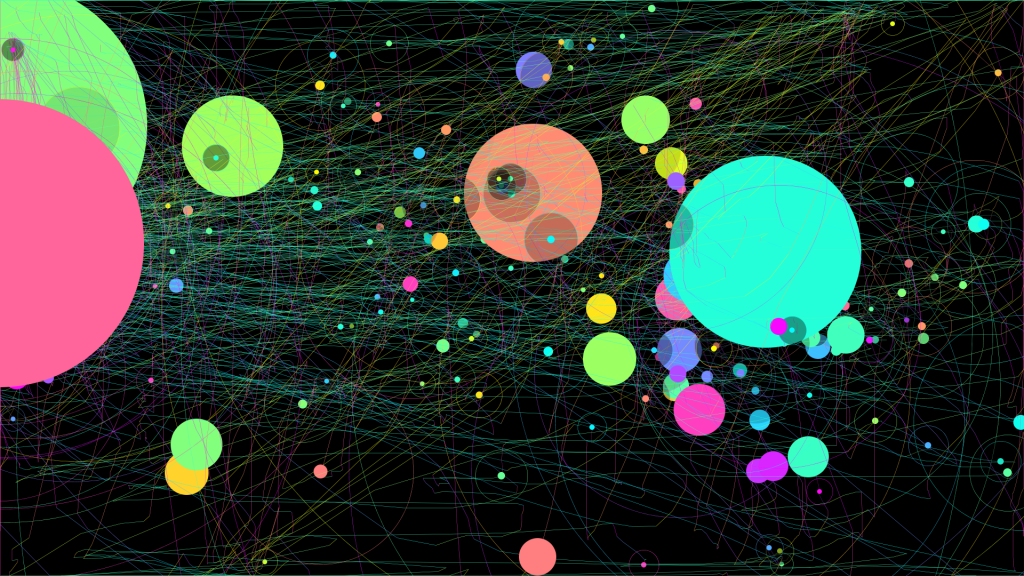

- #Iograph install install#
- #Iograph install update#
- #Iograph install full#
- #Iograph install password#
The ideas behind Stanley Milgram's original "six degrees of separation" experiment, which suggested that any two people on earth could be connected by at most six hops from one acquaintance to the next, have been widely applied to online social networks. When a message is retweeted just a few times it reaches a huge number of users.

Use these as the basis for starting to build your extraction commands.This "retweet tree analysis" shows instances of retweeting. Capture Packets with Tshark tshark -i wlan0 -w capture-output.pcap Read a Pcap with Tshark tshark -r capture-output.pcap HTTP Analysis with Tshark As you can see, the syntax for capturing and reading a pcap is very similar to tcpdump. In the following example, we extract data from any HTTP requests that are seen. Tshark -i wlan0 -Y http.request -T fields -e http.host -e er_agent Mozilla/5.0 (X11 Ubuntu Linux x86_64 rv:36.0) Gecko/20100101 Firefox/36.0 Using the -T we specify we want to extract fields, and with the -e options we identify which fields we want to extract. The default separator for the fields in the output above is TAB. Parse User Agents and Frequency with Standard Shell Commands We could also use the parameter -E seperator=, to change the delimiter to a comma. Using the previous command to extract er_agent, this time extracting from a pcap rather than off the live interface. tshark -r example.pcap -Y http.request -T fields -e http.host -e er_agent | sort | uniq -c | sort -n Note in this example, combining with standard shell commands allows us to sort and count the occurrences of the er_agent. Using this, we can quickly parse a pcap, even if it is very large and get a summary of all the user agents seen. Using additional HTTP filters in Analysis This can be used to detect malware, old browsers on your network and scripts. We could perform a similar analysis with the request URL in place of the user agent -e _uri. Other fields we could include in the output are -e ip.dst and -e. tshark -r example.pcap -Y http.request -T fields -e http.host -e ip.dst -e _uri DNS Analysis with Tshark As you can see, by combing different filters and output fields, we can create very complex data extraction commands for tshark that can be used to find interesting things within a capture. Here is an example that extracts both the DNS query and the response address. Tshark -i wlan0 -f "src port 53" -n -T fields -e -e 68 đ71.64.144.142ħ4 đ71.67.215.200Īdd time and source / destination IP addresses -e frame.time -e ip.src -e ip.dst to your output. One of the great advantages that tshark has over the wireshark GUI is stdout giving you many options to manipulate and clean the output.
#Iograph install full#
By not specifying the fields option as above we will receive the full TCP stream of the HTTP Post.
#Iograph install password#
Tshark -i wlan0 -Y ' = POST and tcp contains "password"' | grep password csrfmiddlewaretoken=VkRzURF2EFYb4Q4qgDusBz0AWMrBXqN3&password= abc123 For our Next Trick If we add the filter tcp contains "password" and grep for that password we will just get the actual POST data line. The latest version of Tshark 2.4 includes a number of useful new features.
#Iograph install install#
To install the latest version on Ubuntu 16.04 or 17.04 use the following commands to add the package repository.
#Iograph install update#
Sudo apt-get update & sudo apt-get install wireshark tsharkĪn excellent feature of tshark is the ability to export objects (files) from pcaps using the command line. The export objects feature has been available in wireshark for a long time now. Having this ability available on the command line is an excellent addition to tshark. You will need version 2.3.0 or higher for the export objects parameter to be available to tshark. This command will extract files from an SMB stream and extract them to the location tmpfolder.


 0 kommentar(er)
0 kommentar(er)
